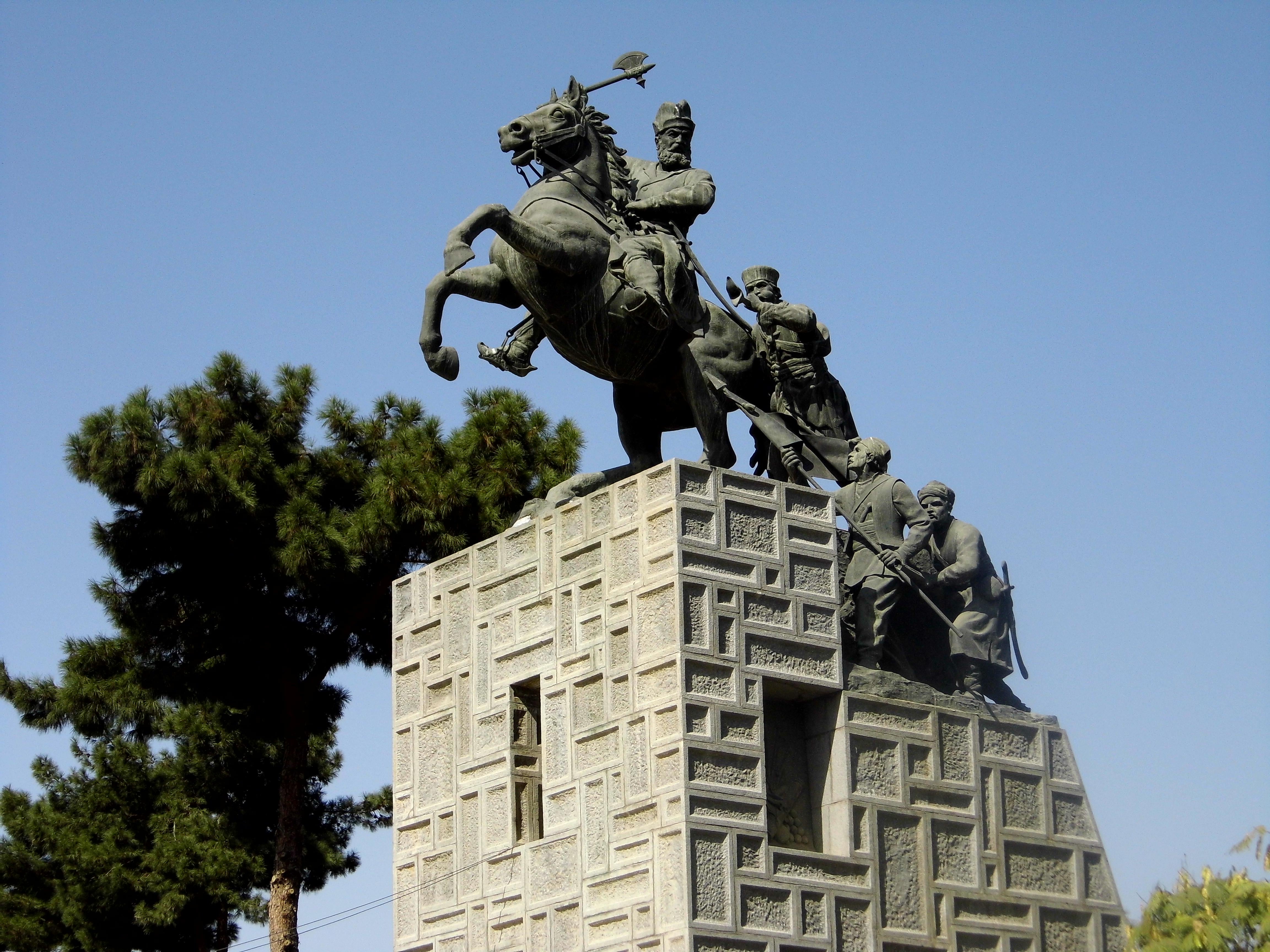
In 1949, artists from Iran and Italy gathered to create the history’s first statue of a Persian king made in the West: Nader Shah, known in Europe as the “Napoleon of the East.” Six years later, a 14-ton statue arrived from Rome at his tomb in Mashhad, where it greets visitors today. [4608×3456]
by Party_Judgment5780

1 Comment
Nader Shah Afshar (1688–1747) was the founder of the Afsharid Empire and one of the most powerful rulers in Iranian history, remembered for his military genius. Born into a modest tribal background, he rose through the ranks of the military, eventually seizing the throne. He earned a formidable reputation across Asia and Europe, often called the “Napoleon of the East,” for his bold and highly effective campaigns. Nader Shah expanded the Empire’s borders dramatically, conquering territories in the Caucasus, Central Asia, and India, including his famous sack of Delhi in 1739, which brought immense wealth to his empire.
Beyond his conquests, Nader Shah centralized and strengthened the empire, reorganizing the army and government, and restoring internal stability after decades of turmoil. He was a shrewd and sometimes ruthless leader, known for both his strategic brilliance and occasional harshness toward rivals and his own people. Despite his relatively short reign, his impact was profound, as he reasserted Iran’s influence in the Middle East and South Asia. While Nader Shah is celebrated for his military genius, his reign is also marked by extreme brutality, ruthlessness, and political instability.
He is known for punishing enemies and his people with harsh measures, often executing rivals or nobles suspected of disloyalty. His sack of Delhi caused massive destruction and the deaths of tens of thousands of civilians, leaving a legacy of fear alongside his fame. Historical accounts suggest that in some of his conquests, he had the skulls towers of defeated enemies or rebellious leaders displayed as a warning to others. These actions were intended as a psychological tactic to instill fear and maintain control over his vast empire, but they also contributed to the perception of him as a ruthless and merciless ruler.
Toward the end of his life, Nader’s behavior became increasingly erratic, contributing to political instability and weakening the foundations of the empire. All in all, he is commemorated as a national hero in Iran, with monuments such as his tomb in Mashhad and his equestrian statue. The statue was entrusted to Abolhassan Sediqi, a prominent Iranian sculptor who had studied in Italy and was well-versed in Western sculptural techniques. To take advantage of Italy’s expertise in bronze casting and monumental sculpture, the statue was sculpted and cast in Rome with the help of Italian artists, making it historically unique as the first and only statue of a Persian king created in the West.
Weighing approximately 14 tons and standing around 7 meters tall, the statue depicts Nader Shah on horseback, accompanied by three of his soldiers dressed in Persian military attire, symbolizing his military genius and the unity of his forces. It took 6 years to be created. The completed work was transported to Mashhad and installed at Nader’s tomb, where it greets visitors today.
[https://en.wikipedia.org/wiki/Nader_Shah](https://en.wikipedia.org/wiki/Nader_Shah)
[https://en.wikipedia.org/wiki/Tomb_of_Nader_Shah](https://en.wikipedia.org/wiki/Tomb_of_Nader_Shah)